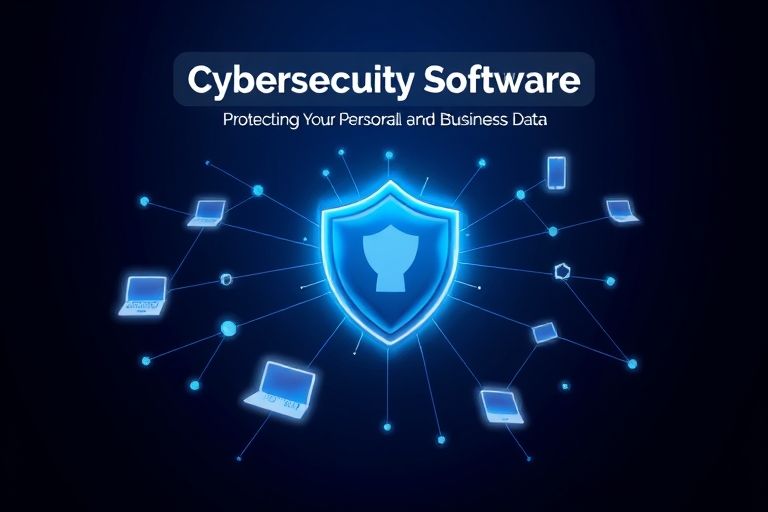

In the digital age, where technology has become an integral part of our lives, protecting personal and business data has never been more crucial. Cybersecurity software plays a vital role in safeguarding sensitive information from malicious cyber threats. This article will explore the importance of cybersecurity software, provide examples of effective solutions, and offer practical tips to enhance your data protection strategies.
With each passing year, cybercriminals become more sophisticated in their attempts to breach security systems and steal valuable data. In 2023, it is estimated that cybercrime will cost businesses worldwide over $10 trillion. This staggering figure highlights the urgent need for robust cybersecurity measures to counteract these threats.

There are various types of cyber threats that individuals and businesses should be aware of:
Thankfully, there are numerous cybersecurity software solutions available to mitigate these risks. Here are a few examples:
Antivirus software helps detect and remove malicious software, providing real-time protection against viruses, trojans, and other malware. It scans files and emails, ensuring that any potential threats are neutralized before they can cause harm.
A firewall acts as a barrier between your network and the internet, monitoring incoming and outgoing traffic. It filters out potentially harmful data and prevents unauthorized access to your systems.
Encryption tools transform data into an unreadable format, making it indecipherable to unauthorized individuals. This ensures that even if data is intercepted, it remains protected.

Alongside cybersecurity software, following best practices is essential to enhance your data protection strategies:
Use complex, unique passwords for each online account and regularly update them. Consider using a password manager to securely store and generate strong passwords.
Enable MFA whenever possible. This adds an extra layer of security by requiring users to provide additional verification, such as a fingerprint or a unique code sent to their mobile device.
Keep all software, including operating systems and applications, up to date with the latest security patches. Software updates often include fixes for known vulnerabilities.
Train employees on the importance of cybersecurity and how to identify and respond to potential threats. Regularly update training materials to keep pace with evolving risks.
A: Cybersecurity software uses various techniques, such as real-time scanning, heuristic analysis, and behavior monitoring, to detect and remove malware from systems.
A: While cybersecurity software is a crucial component of data protection, adopting a multi-layered approach that includes best practices and employee awareness is highly recommended.

In an increasingly interconnected world, the importance of cybersecurity software cannot be overstated. By investing in robust solutions, following best practices, and staying informed about emerging threats, individuals and businesses can significantly reduce the risk of falling victim to cyber-attacks. Protect your personal and business data, secure your digital assets, and fortify your online presence to thrive in the digital landscape of 2023 and beyond.